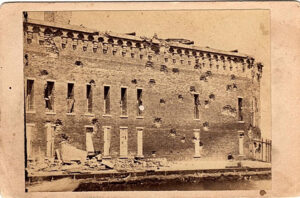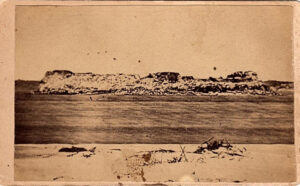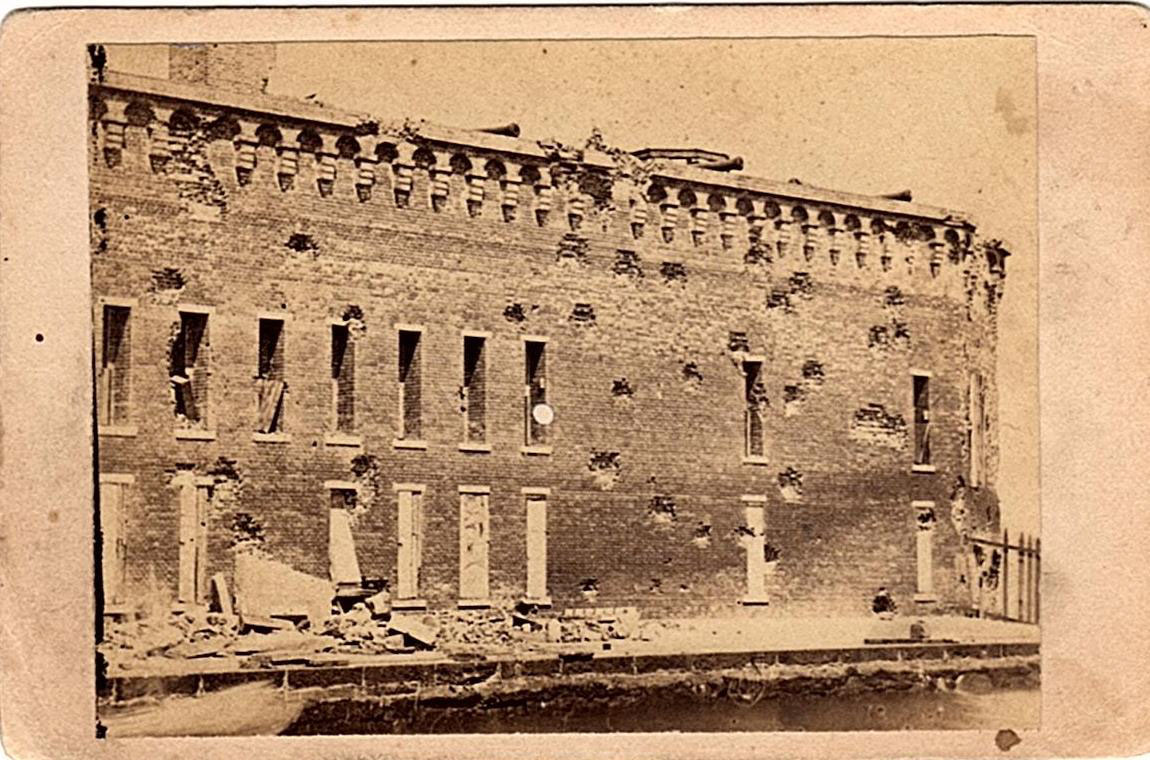Why and where were the first shots of the US civil War fired?
There were some important events leading to the first shots of the US civil war. The American Civil War become inevitable once Abraham Lincoln is elected President in November 1860 with the promise of banning slavery across all of the southwestern land acquired in the Mexican War. This represents a mortal blow to the future economy of the South which hinges on opening new plantations west of the Mississippi to grow and sell more of its cash crops (especially cotton) and to auction off its “excess inventory of bred slaves” from the east.
With the market value in 1860 of those enslaved far surpassing that of the agricultural output they would deliver, and 3/4ths that of the nation’s total GDP.
Market Value Of Cotton In 1860
| Lbs. Produced | $/Lb | Total $ Value |
| 1.7 Billion | $7.30 | $1.2 Billion |
Market Value Of Slaves In 1860
| # Slaves | $/Slave | Total $ Value |
| 3.95 Billion | $778 | $3.1 Billion |
Threats of secession abound after the Republican victory, but Lincoln and other northern leaders tend to dismiss them as negotiating bluffs by the South. Then they become real when seven states, led by South Carolina, abandon the Union one month before Lincoln’s March 4 Inaugural Address pleading for unity and peace.
Efforts to find yet another national compromise over slavery continue over the following four weeks, with the eye of the potential storm focused on southern demands for the surrender of the northern forts around Charleston Harbor, most notably Ft. Sumter.
The first shots of the US civil war were fired by Edmund Ruffin from Cumming’s Point.
Time runs out at 4:30 am on April 12. With all of Charleston watching, Confederate General Pierre GT Beauregard gives the order to begin the assault on Fort Sumter. Fire-eater Edmund Ruffin has the honor of firing the first shot, from Cumming’s Point, a 64 lb. shell that travels a mile before slamming into the outer wall. Inside the fort Colonel Robert Anderson, with less than 100 starving troops and only 700 cannon balls, waits until 7:30 am to return fire. But it is useless. After defending against 3,000 rounds over 34 hours, a white flag of surrender is run up at 2:30 pm on April 13. Anderson and his men exit the fort to an honorary 100-gun salute carrying their battle flag home to Washington. The war has begun!
Rare pictures of Fort Sumter:


